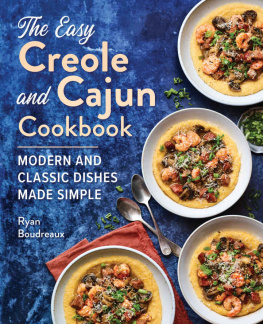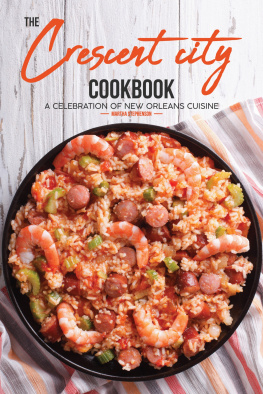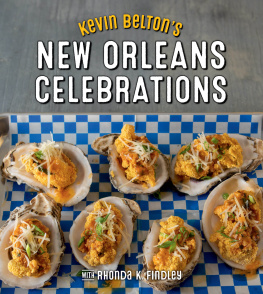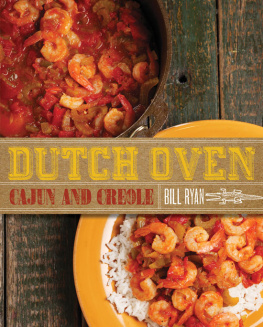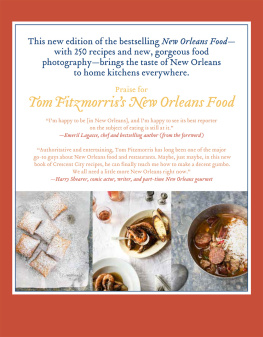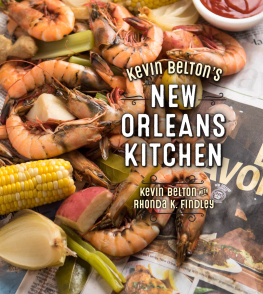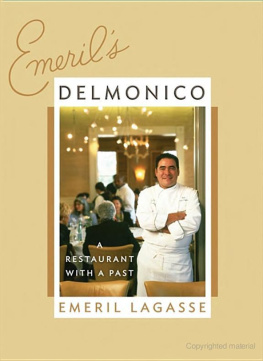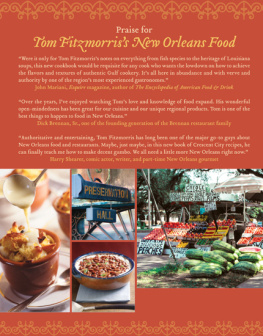

Copyright 2020 by Rockridge Press, Emeryville, California
No part of this publication may be reproduced, stored in a retrieval system, or transmitted in any form or by any means, electronic, mechanical, photocopying, recording, scanning, or otherwise, except as permitted under Sections 107 or 108 of the 1976 United States Copyright Act, without the prior written permission of the Publisher. Requests to the Publisher for permission should be addressed to the Permissions Department, Rockridge Press, 6005 Shellmound Street, Suite 175, Emeryville, CA 94608.
Limit of Liability/Disclaimer of Warranty: The Publisher and the author make no representations or warranties with respect to the accuracy or completeness of the contents of this work and specifically disclaim all warranties, including without limitation warranties of fitness for a particular purpose. No warranty may be created or extended by sales or promotional materials. The advice and strategies contained herein may not be suitable for every situation. This work is sold with the understanding that the Publisher is not engaged in rendering medical, legal, or other professional advice or services. If professional assistance is required, the services of a competent professional person should be sought. Neither the Publisher nor the author shall be liable for damages arising herefrom. The fact that an individual, organization, or website is referred to in this work as a citation and/or potential source of further information does not mean that the author or the Publisher endorses the information the individual, organization, or website may provide or recommendations they/it may make. Further, readers should be aware that websites listed in this work may have changed or disappeared between when this work was written and when it is read.
For general information on our other products and services or to obtain technical support, please contact our Customer Care Department within the United States at (866) 744-2665, or outside the United States at (510) 253-0500.
Rockridge Press publishes its books in a variety of electronic and print formats. Some content that appears in print may not be available in electronic books, and vice versa.
TRADEMARKS: Rockridge Press and the Rockridge Press logo are trademarks or registered trademarks of Callisto Media Inc. and/or its affiliates, in the United States and other countries, and may not be used without written permission. All other trademarks are the property of their respective owners. Rockridge Press is not associated with any product or vendor mentioned in this book.
Interior & Designer: Liz Cosgrove
Art Producer: Sara Feinstein
Editor: Pam Kingsley
Production Editor: Matt Burnett
Photography 2019 Marija Vidal, courtesy of Lori Zech.
ISBN: Print 978-1-64611-433-7 | eBook 978-1-64611-434-4
R0

I dedicate this cookbook to my wife, Monique Boudreaux, my mom, Martha Boudreaux, and all the chefs who mentored and guided me throughout my career.

CONTENTS

B OTH MY PARENTS, Martha and Joe Boudreaux, came from families that cooked at home. My dad was raised on a farm in south central Louisianas Acadia Parish, where his family grew most of the food they ate. Rice and soybeans were their big crops, and chicken, pork, rabbit, and deer were their major protein sources. With a name like Boudreaux, youd better know how to make a roux and a gumbo or two!
In New Orleans, my dad grew vegetables in his backyard and was known for his Creole tomatoes and okra. He used to make batches of fried green tomatoes that would melt in your mouth. And my mom made the best with French bread for dipping. I can remember them making batches of fried oysters in the electric skillet and frying up fresh corn tortillas for homemade tacos. I also fondly remember a garlic roasted pork loin my mom often made that was to die fortender and juicy with a spicy glaze made from Pickapeppa Sauce. I often told them, We need to open up a restaurant with all this good food you are cooking! My moms pat answer was, Thats hard work, and you can open one when you get older. Eventually, thats just what I did!
During the summer of 1974, when I was 12 years old, I watched The French Chef with Julia Child and thoroughly enjoyed her 30-minute cooking lessons. One morning, Julia spent the entire show demonstrating the techniques for making different types of French omelets. I was fascinated with how she mixed the eggs with water (not milk), then added parsley, salt, and pepper, and stirred it with a forkjust a bit, but not too much. She also demonstrated the flip and tri-fold techniques. I was so inspired by the show that I immediately went into the kitchen and proceeded to break about two dozen eggs before I perfected the flip technique.
After confessing to my mother what happened to all the eggs, I continued making omelets and soon became known for them. Over the years, I cooked omelets for friends at their houses and started a tradition of making various combinations (most successful, some not), including Western, ham and cheddar, cream cheese and chive, smoked oyster, and shrimp and cheddar. Some less popular combinations included a sauerkraut and Swiss omelet and a smoked oyster and anchovy with blue cheese omelet; Im sure the latter would have been better if the oysters had been smoked on a meat smoker at home rather than canned, and maybe if the anchovies were rinsed off first. Recipe testing is always an adventure!
Food became my career. In the spring of 1983, I enrolled in the Culinary Apprenticeship Program at the New Orleans Regional Technical Institute and started as an apprentice at the Hyatt Regency New Orleans. Since then, I have worked in many local restaurants and catering companies, working my way up to head chef. I also spent time offshore on the research vessel J.W. Powell, traveling up and down the East Coast for eight months as a chief steward, feeding the five-man boat crew and up to 15 scientists. I have been a chef in healthcare facilities, working in hospitals and rehab clinics to feed the patients healthy meals. At one point, I opened Boudreauxs Restaurant in the New Orleans Athletic Club in the French Quarter. After a losing battle with member charge reimbursements, we shuttered the restaurant. I moved on to food service management, where I still work today as food service director for Cura Hospitality in Picayune, Mississippi.
f THE FOOD OF NEW ORLEANS g
Just like a big pot of gumbo, New Orleans is a melting pot of cultures and culinary inspirationsNative American, African, and French and Spanish from its time as a territory of France, then Spain, and then France again before being purchased by the United States in 1803. Creole cuisine grew out of the melding of these diverse influences. In the mid to late 1700s, there was a migration of Acadianswho had been expelled from what are now the Canadian Maritimes by the Englishinto south Louisiana. They embraced the bounty of the area and the diverse foodways already present, and their French-based cuisine evolved into the distinctive style known as Cajun.
Next page

